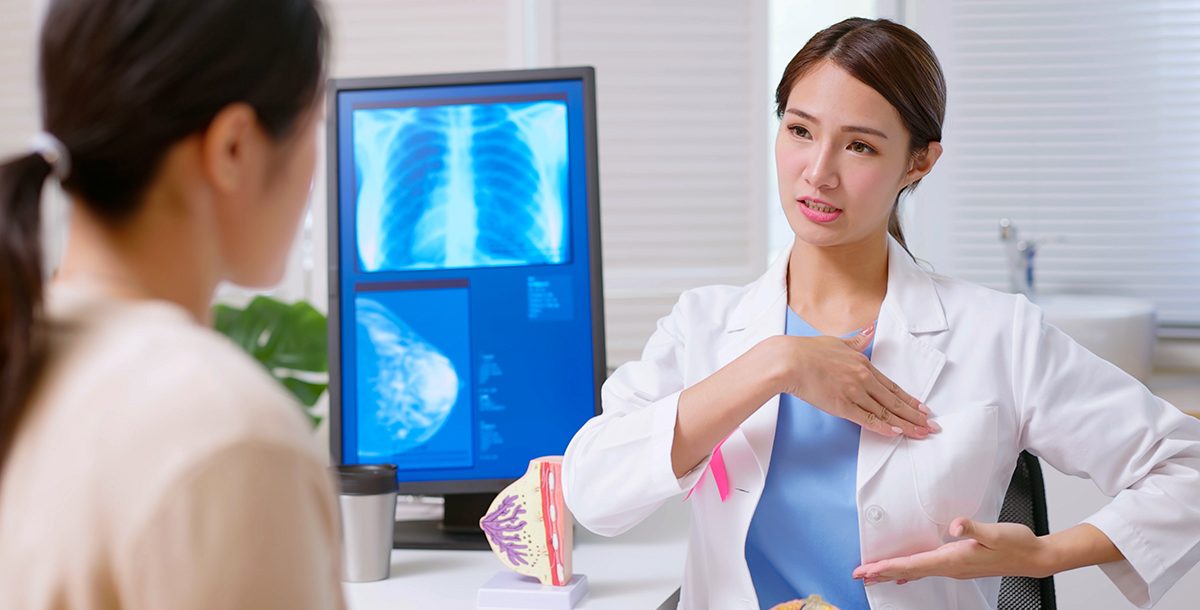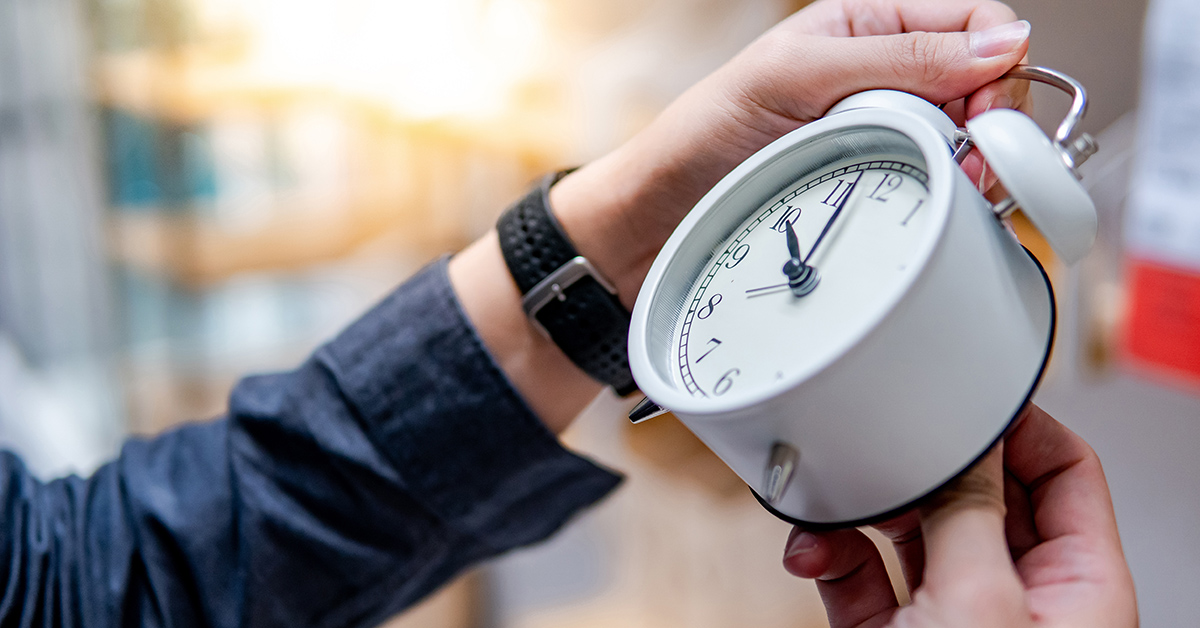When you factor in types of breast cancer and subtypes, you’ll find dozens that fall into two main categories. Noninvasive breast cancer remains contained in the tissue it started in, typically the breast’s milk ducts or lobules. Invasive breast cancer has spread into the surrounding breast tissue.
The type of breast cancer you are diagnosed with helps determine the best treatments. You may also encounter other terms that help doctors figure out the type of breast cancer you have. For example, most breast cancers are carcinomas that form in the tissues lining the breasts. Adenocarcinomas start in the milk ducts or glands.
How many types of breast cancer are there?
There are two main types, with many under the umbrella of noninvasive or invasive. Noninvasive breast cancers are sometimes referred to as pre-cancer. Two main types include ductal carcinoma in situ (DCIS) and lobular carcinoma in situ (LCIS). DCIS increases your risk of developing an invasive form of the disease later in life. LCIS is considered benign.
Most cancers are considered invasive. They break through breast tissue to spread to other parts of the breast and the body. Two common types include invasive ductal carcinoma (IDC) and invasive lobular carcinoma (ILC). IDC starts in milk ducts and spreads from there. ILC starts in lobules and invades other parts of the breast. It’s harder to catch on mammograms and other screening tests.
What is the most common type of breast cancer?
IDC accounts for approximately eight out of every 10 cases of breast cancer. It often gets found after preventive screening and typically causes minimal symptoms.
What are some rare types of breast cancer?
Paget’s disease of the breast is one of the rarest types of breast cancer. It makes up 1 to 3 percent of all cases. This cancer starts in the ducts and spreads to the nipple’s skin and the areola. Other rare types of breast cancer include:
- Angiosarcoma, which begins in the cells lining lymph or blood vessels
- Phyllodes tumor, which forms in the breast’s connective tissue
- Male breast cancer, a rare form that makes up less than 1 percent of new diagnoses
Are there other special types of breast cancer?
Less common types of invasive breast cancers develop differently or have unique features that affect how doctors approach treatment. Triple-negative breast cancer is aggressive and marked by cancer cells that lack progesterone or estrogen receptors and don’t produce normal levels of a HER2 protein.
Inflammatory breast cancer is also aggressive. This invasive type is rare and happens when cancer cells create an inflamed appearance in the breast because they block lymph vessels.
Can you have two types of breast cancer at once?
It’s rare, but it can happen. Two types of breast cancer occur with more than one tumor. Multifocal breast cancer happens when more than one tumor forms in the same breast and the same section of the breast. They form from the same tumor and are of the same type.
Multicentric breast cancer develops in different areas of the breast. Because it doesn’t form from the same tumor, it’s rare to have two breast cancer types responsible for the different tumors.
Symptoms of breast cancer
Many people have no symptoms at all. Screening tests like mammograms may detect suspicious areas that get tested and diagnosed as breast cancer. People who do experience signs often have symptoms like:
- A lump in the breast or armpit area
- Irritation or dimpling of the skin
- Swelling
- Nipple changes, including discharge, redness or flaky skin
- Pain in the nipple
- A nipple that looks pulled inward
- Changes in breast size or shape
- Breast pain
Is breast cancer painful?
Many types of breast cancer don’t cause pain or discomfort. Some can cause pain in the nipple or other areas of the breast. Infections and benign conditions can also cause pain.
Causes of breast cancer
There’s no single cause of breast cancer. Doctors have found various risk factors; some you can control, others you can’t. Risk factors include:
- Genetics: Mutations in certain genes increase your risk.
- Breast density: The more dense your breasts are, the more challenging it can be to visualize tumors, and the higher your risk.
- Family history: Having someone close to you with a history of the disease increases the odds you’ll get it.
- Personal history: If you’ve had breast cancer once, you’re at a higher risk of getting it again.
- Weight issues: Overweight and obese women are at a higher risk.
- Physical activity: Remaining active is linked to lower chances of getting breast cancer.
- Alcohol consumption: Research suggests that drinking alcohol can increase cancer risks.
How do you know if you have the breast cancer gene?
Genetic testing can look for hereditary breast cancer. The test looks for changes in the BRCA1 and BRCA2 genes. These genes commonly indicate that you’re at a higher risk of getting breast cancer.
Talk to your doctor about breast cancer
The type of breast cancer you have typically determines how doctors treat it, which is why it’s essential to identify them. Awareness, such as mammograms and breast self-exams can also help with prevention. If you were diagnosed with breast cancer or are at elevated risk, discuss your treatment options with your doctor or a breast cancer specialist.
Learn about the cancer care services we offer at Bon Secours.





